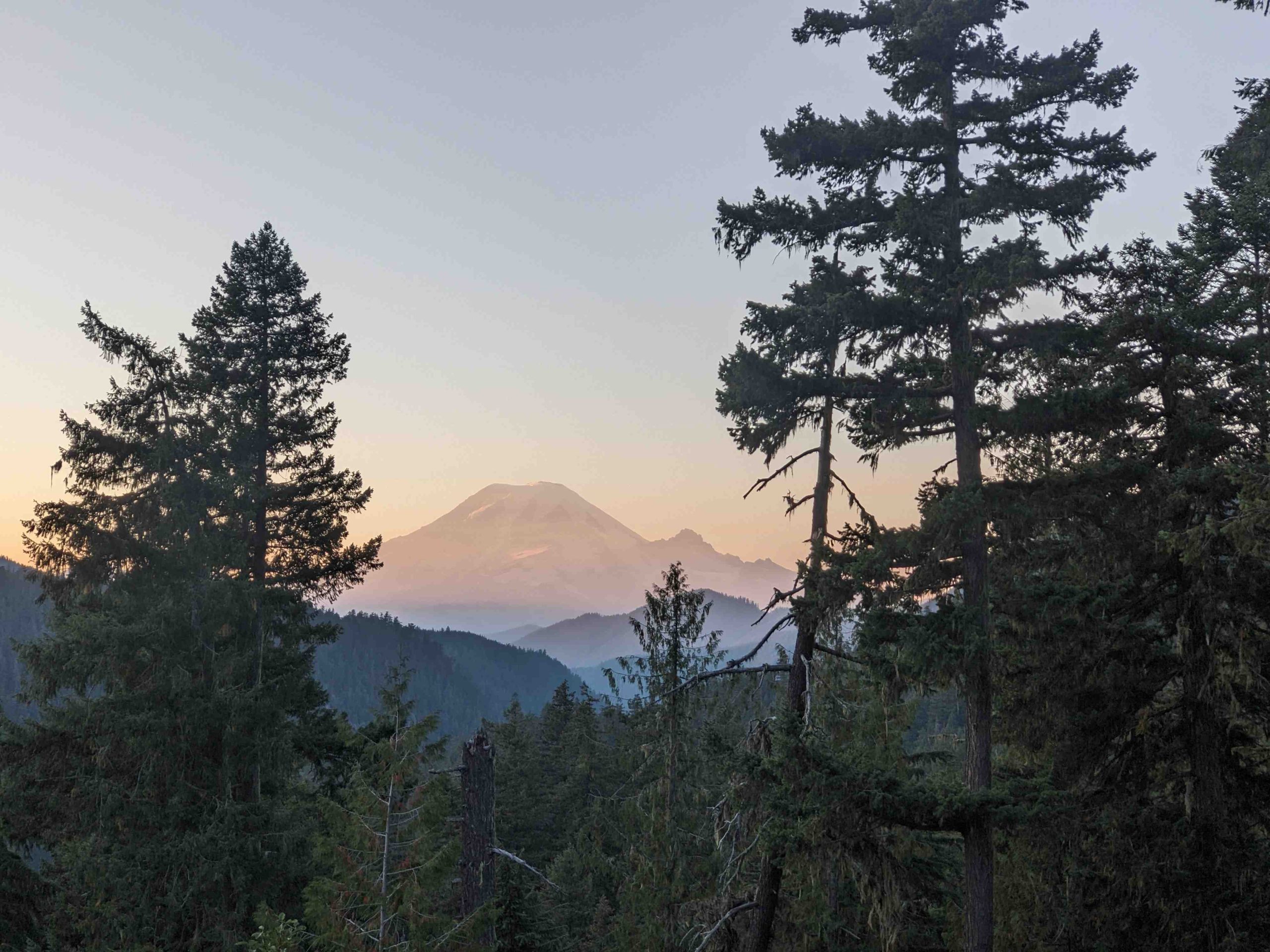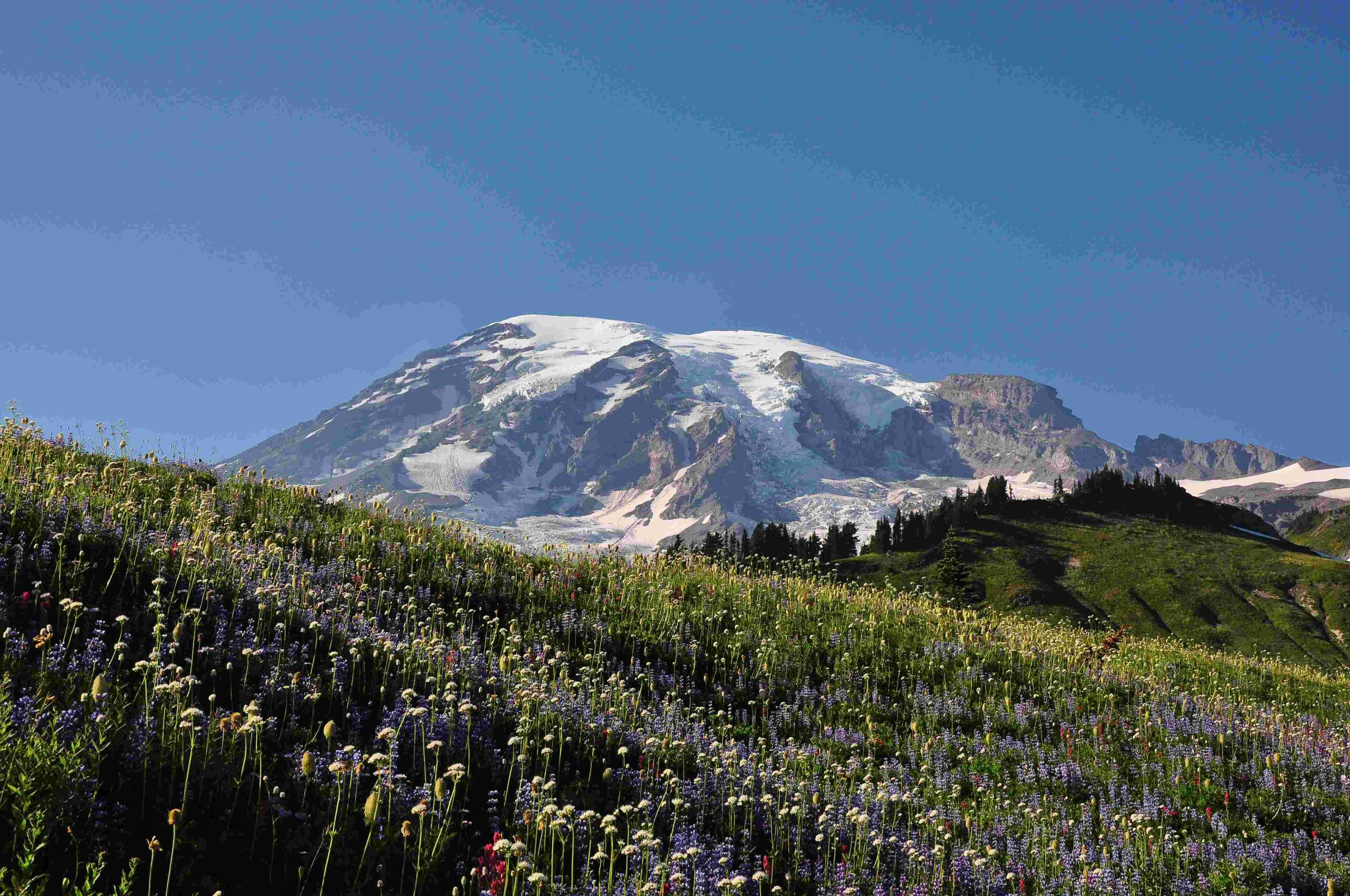The Ohanapecosh River on Mount Rainier is a pristine waterway that flows through the southeastern part of Mount Rainier National Park. Known for its crystal-clear waters, old-growth forests, and scenic hiking trails, the Ohanapecosh area offers visitors a chance to experience the natural beauty of the Cascade Mountains. The river, fed by glacial meltwater and natural springs, provides habitat for various fish species and serves as a focal point for outdoor recreation in the park.
What Makes the Ohanapecosh River Unique?

The Ohanapecosh River stands out for its remarkable clarity and the lush, ancient forests that line its banks. This river system is part of the larger Cowlitz River watershed and plays a crucial role in the park’s ecosystem. The area around the river is home to diverse wildlife and plant species, making it a haven for nature enthusiasts and researchers alike.
Key Features:
- Crystal-clear glacial waters
- Old-growth forest surroundings
- Scenic waterfalls, including Silver Falls
- Rich biodiversity
- Historical significance (former hot springs resort area)
Where is the Ohanapecosh River Located?

The Ohanapecosh River is situated in the southeastern section of Mount Rainier National Park in Washington State. It runs through the Ohanapecosh area, which is known for its relatively lower elevation compared to other parts of the park, resulting in a milder climate and longer hiking season.
Geographical Coordinates:
- Latitude: Approximately 46.7361° N
- Longitude: Approximately 121.5683° W
What Are the Best Hiking Trails Along the Ohanapecosh River?
The Ohanapecosh area offers several hiking trails that showcase the river’s beauty and the surrounding forest. Here are some of the most popular trails:
- Silver Falls Loop
- Distance: 3 miles (loop)
- Difficulty: Moderate
-
Highlights: Silver Falls, old-growth forest, Ohanapecosh Hot Springs (view only)
-
Hot Springs Trail
- Distance: 0.4 miles (loop)
- Difficulty: Easy
-
Highlights: Remnants of old hot springs resort, massive old-growth trees
-
Silver Falls to Grove of the Patriarchs
- Distance: Approximately 5 miles round trip
- Difficulty: Moderate to challenging
-
Highlights: Silver Falls, Grove of the Patriarchs with ancient trees
-
Ohanapecosh to Chinook Pass
- Distance: 13.3 miles one way
- Difficulty: Challenging
- Highlights: Old-growth forest, waterfalls, subalpine areas
What Are the Fishing Regulations for the Ohanapecosh River?
Fishing is permitted in the Ohanapecosh River, but anglers must adhere to specific regulations:
- Permitted Species: Rainbow, brook, and cutthroat trout
- Fishing Season: First Saturday in June to October 31
- Licensing: Valid Washington State fishing license required
- Additional Regulations:
- Artificial lures or flies only (no bait)
- Catch and release for native fish species
- Check current park regulations for any updates or changes
Where Can Visitors Camp Near the Ohanapecosh River?
The primary camping option near the Ohanapecosh River is the Ohanapecosh Campground:
Ohanapecosh Campground Details:
- Capacity: 188 individual campsites
- Amenities:
- Restrooms with flush toilets
- Potable water
- Picnic tables and fire pits
- Proximity to Ohanapecosh Visitor Center
- Reservation: Available through recreation.gov or by phone
- Season: Typically open late May to early October (weather dependent)
What Are the Best Scenic Views Along the Ohanapecosh River?
The Ohanapecosh area offers several stunning viewpoints:
- Silver Falls Viewpoint
- Accessible via a short trail from the Visitor Center
-
Best viewed in spring for maximum water flow
-
Grove of the Patriarchs
- Ancient forest with trees over 1,000 years old
-
Accessible via a trail from the Ohanapecosh area
-
Ohanapecosh River Bridge
- Part of the Silver Falls Loop trail
- Offers picturesque views of the river
How Does the Ohanapecosh River Contribute to the Park’s Ecosystem?
The Ohanapecosh River plays a vital role in Mount Rainier’s ecosystem:
- Water Source: Provides clean water for wildlife and vegetation
- Habitat: Supports various aquatic species, including native trout
- Erosion Control: Helps shape the landscape through natural erosion processes
- Climate Regulation: Contributes to local microclimate and humidity levels
- Nutrient Cycling: Transports nutrients throughout the ecosystem
What Is the Historical Significance of the Ohanapecosh Area?
The Ohanapecosh area has a rich history:
- Native American Heritage: Long used by indigenous peoples for hunting and gathering
- Hot Springs Resort: Site of a former resort in the early 20th century
- Conservation Efforts: Incorporated into Mount Rainier National Park to preserve its natural beauty
How Can Visitors Best Prepare for a Trip to the Ohanapecosh River?
To make the most of your visit to the Ohanapecosh River:
- Check Weather: Conditions can change rapidly; be prepared for rain
- Proper Gear: Bring sturdy hiking boots, rain gear, and layers
- Safety Precautions:
- Carry a map and compass
- Bring plenty of water and snacks
- Inform someone of your hiking plans
- Respect Nature: Practice Leave No Trace principles
- Reservations: Book campsites in advance during peak season
- Visitor Center: Stop by for current conditions and ranger advice
What Wildlife Might Visitors Encounter Near the Ohanapecosh River?
The Ohanapecosh area is home to diverse wildlife:
- Mammals: Black bears, elk, deer, mountain goats
- Birds: Varied thrush, Steller’s jay, American dipper
- Fish: Rainbow trout, brook trout, cutthroat trout
- Amphibians: Pacific giant salamander, Cascade frog
Remember to observe wildlife from a safe distance and never feed animals.
By exploring the Ohanapecosh River on Mount Rainier, visitors can experience one of the most beautiful and ecologically significant areas of the national park. Whether hiking, camping, or simply enjoying the scenery, the Ohanapecosh region offers a unique glimpse into the natural wonders of the Pacific Northwest.
